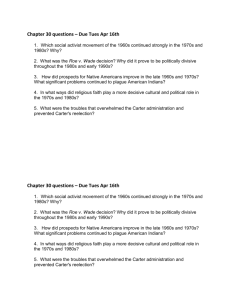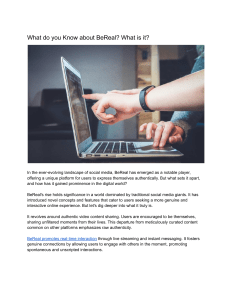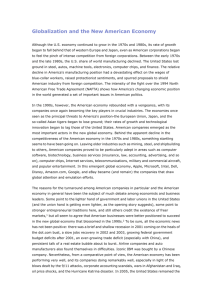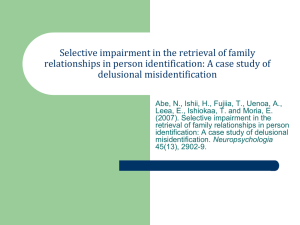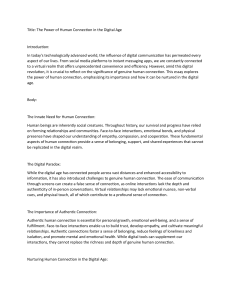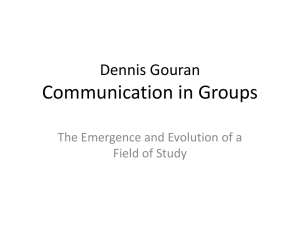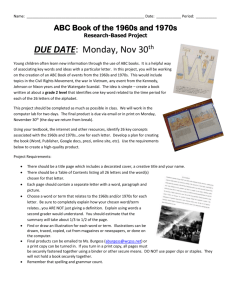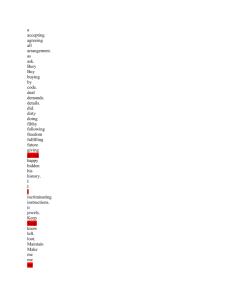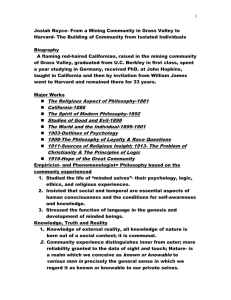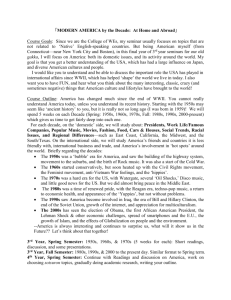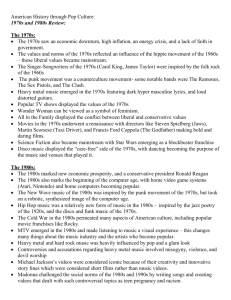A Reconceptualist Approach
advertisement
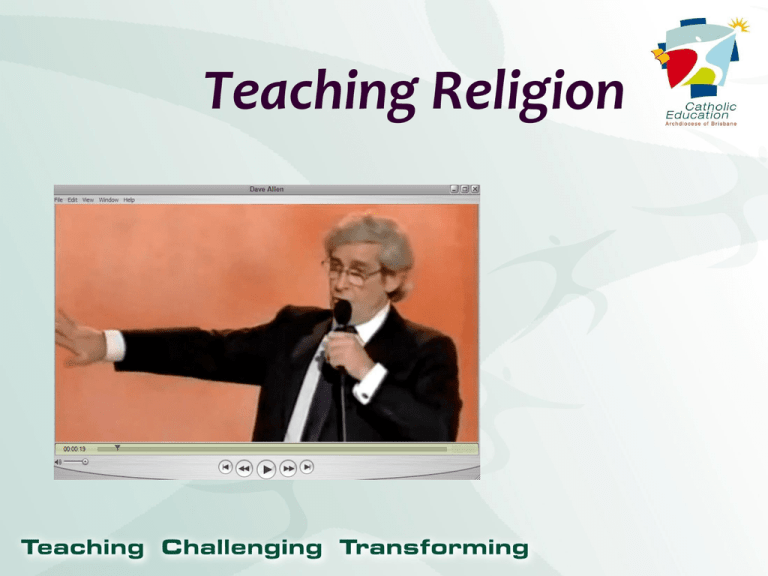
Teaching Religion Approaches to the classroom learning and teaching of Religion Approaches used in Brisbane Archdiocesan schools in different historical periods: • Catechism Approach ( mid-1960s): doctrine-centred, rote learning • Apologetics Approach ( mid-1960s): assumed Catholic tradition based on faith & reason – able to be defended using reasoned argument • Kerygmatic Approach (1960s, 1970s): oriented to study of material from the Bible • Experiential Approach (1960s, 1970s): drew material from scripture and traditions of the Church to depth life experiences of students • Reconceptualist Approach (1980s present): educational emphasis in contrast to previous ecclesial and theological emphases • Phenomenological Approach (1980s present): religion can be studied and appreciated as a phenomenon, without making a judgement as to whether it is true or false * Does the subject incorporate a * “ …learning about religion and learning from and through religion” (Strategic Plan, p.3) unique mode of thought and awareness that is worthwhile for a person’s understanding of self and human life? * Does the subject widen and deepen the student’s perspective in a unique and valuable way and so contribute to human development? * Can the subject be taught in ways that ensure understanding and foster the student’s ability for independent thought? (Michael Grimmitt, What can I do in RE? , 1973, pp. 9-10) * Importance of creating ‘zones of freedom’ in the religion classroom for an authentic educational process and genuine student engagement * the tragedy would be that that academic inquiry is not challenging enough and formation is not particular enough * * “ …learning about religion and learning from and through religion” (Strategic Plan, p.3) * A powerful questioning pedagogy, within the context of a community of thinking, stimulates and supports genuine, active and authentic student engagement • Read about different approaches to religious education using the Tiki-Toki timeline. • Identify one of these approaches that you have used as a teacher of Religion or experienced as a learner. • Describe this approach using the ‘Y Chart’ strategy.
